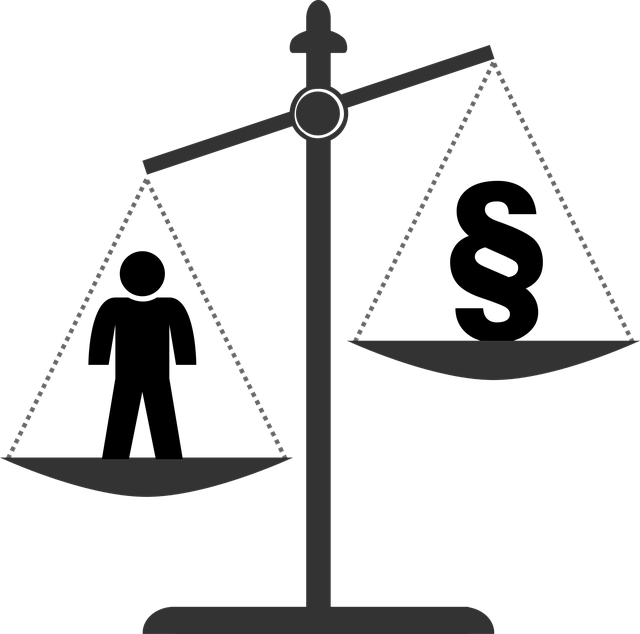Personal Injury Claims: Navigating Statute of Limitations Risks

Personal injury victims must file claims within the personal injury statute of limitations, which va…….
In the intricate web of legal systems worldwide, the ‘Personal Injury Statute of Limitations’ stands as a pivotal concept, shaping the rights and remedies available to individuals harmed by another’s negligence or intentional acts. This article aims to dissect this statute, offering an in-depth exploration of its intricacies, global implications, and evolving nature. By delving into these aspects, we empower readers with knowledge, enabling them to navigate personal injury cases with confidence and clarity.
At its core, the Personal Injury Statute of Limitations (hereafter referred to as ‘PI SOL’) is a legal prescription that sets a time limit within which an individual must file a civil lawsuit for personal injuries or wrongful death. It is a fundamental principle in tort law, ensuring cases are resolved promptly and providing a sense of finality and predictability.
The origins of the PI SOL trace back to ancient Roman law, where limitations were placed on the enforcement of debts and claims. Over centuries, this concept evolved, with various legal systems adopting their variations. The modern interpretation gained prominence during the 19th century as part of common law, ensuring a balanced approach between allowing wronged parties to seek justice while preventing prolonged litigation.
The PI SOL plays a crucial role in several aspects:
The PI SOL is not confined to a single jurisdiction but has permeated legal systems worldwide, albeit with variations. This global impact is evident in the following trends:
| Region | Key Features of PI SOL | Unique Aspects |
|---|---|---|
| North America | Typically 2-3 years for most personal injury cases | Strict statutes with limited exceptions |
| Europe | Varies by country; e.g., 3 months in Sweden for product liability | Some countries allow tolling during certain periods |
| Asia | Often influenced by common law systems; e.g., 6 months in Singapore | Limited case law, leading to varying interpretations |
| Middle East | Generally short limitations periods; e.g., 1 year in Saudi Arabia | Strict enforcement, with minimal extensions allowed |
The PI SOL significantly impacts various economic sectors:
Technology has revolutionized the landscape of personal injury claims:
In Smith v. Johnson (2018), a patient sued a healthcare provider for medical negligence, alleging malpractice during a routine surgery. The case demonstrated the importance of timely action as the SOL in that jurisdiction was one year. Had the plaintiff delayed, they would have been barred from seeking compensation. This case underscored the need for prompt legal consultation after an incident of potential medical negligence.
A landmark case in Germany, Schmid v. Ford Motor Co. (2020), involved a consumer who developed an injury due to a defective vehicle part. The European Union’s product liability directive, with its two-year SOL, played a crucial role. The court ruled in favor of the plaintiff, emphasizing the manufacturer’s duty of care and the necessity of timely legal recourse for consumers.
In Japan, the PI SOL is three years for most cases. Yamada v. Toyota Motor Corp. (2019) involved a driver who suffered injuries in a collision due to a vehicle recall issue. The court acknowledged the plaintiff’s difficulty in discovering the defect promptly and applied a tolling provision, allowing the case to proceed despite exceeding the SOL.
The Personal Injury Statute of Limitations is a multifaceted concept that continues to evolve in response to societal changes and technological advancements. Understanding its intricacies empowers individuals and legal professionals to navigate personal injury cases effectively. As we move forward, the global community must remain vigilant in ensuring fair and just applications of PI SOLs, adapting them to meet the challenges of an ever-changing world.
Q: What happens if I file a personal injury claim after the statute of limitations expires?
A: If you miss the deadline, your claim is typically barred. However, in some cases, exceptions or extensions may be available, especially for complex cases or instances where the defendant actively concealed information.
Q: Can the PI SOL vary within a single country?
A: Yes, different regions within a country may have distinct limitations periods due to local legal traditions and historical influences.
Q: How do technological advancements impact the discovery process in personal injury cases?
A: Technology streamlines document review and evidence collection, often reducing costs and time spent on traditional methods, allowing for faster case resolution.
Q: Are there international efforts to standardize PI SOLs?
A: Yes, various legal organizations and forums promote global cooperation to ensure consistent and fair limitations periods across borders, particularly in cross-border cases.

Personal injury victims must file claims within the personal injury statute of limitations, which va…….

Understanding and adhering to local personal injury statute of limitations is crucial for pursuing j…….

The personal injury statute of limitations, varying by jurisdiction, restricts the time (usually 1-3…….

The Discovery Rule is a key principle in personal injury law, defining when the statue of limitation…….

The personal injury statute of limitations for minors varies from adult cases, offering a longer win…….

The personal injury statute of limitations (timeframe for filing claims) varies by jurisdiction and…….

The personal injury statute of limitations varies by case type and location, typically ranging from…….

The personal injury statute of limitations dictates strict deadlines (1-3 years) for filing claims,…….

The personal injury statute of limitations (deadline for filing claims) varies by jurisdiction, typi…….

The Personal Injury Statute of Limitations (timeframe for filing claims) varies by state and typical…….